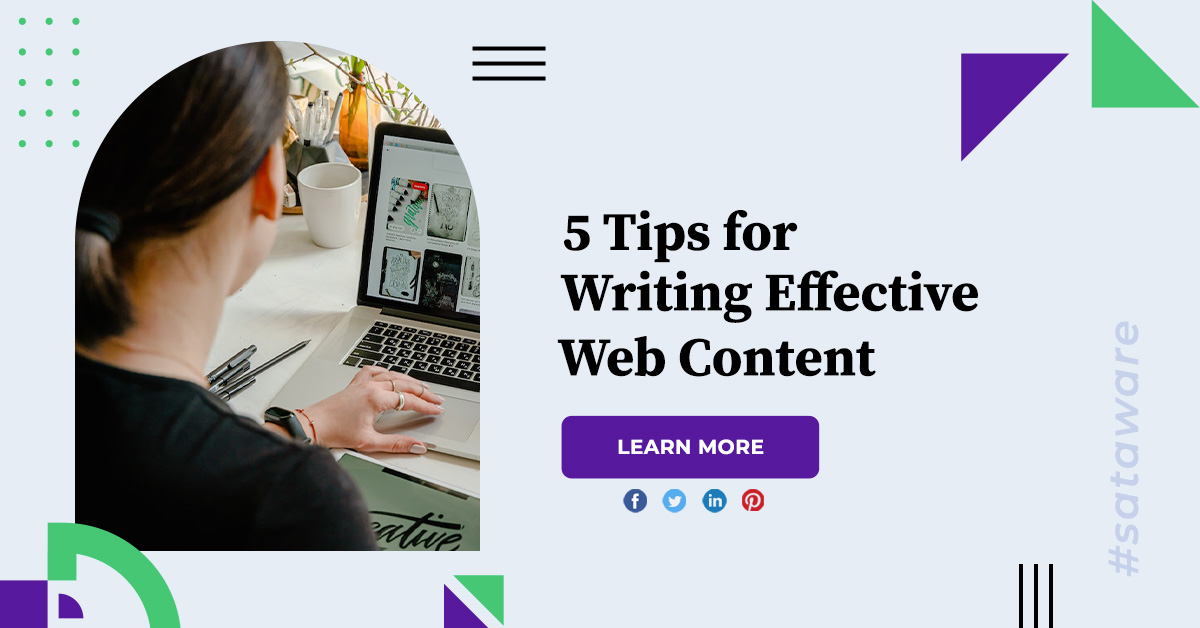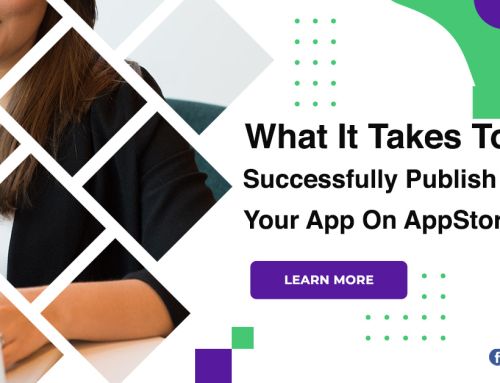5 Tips for Writing Effective Web Content
Writing is hard, writing every day is even harder. Also, to make it even more difficult, writing for the web or blogging is a completely different animal than writing a term paper. To make the process easier and hopefully less intimidating, here are 5 tips to streamline your web writing.
Effective web content
Who are you writing for?
As an author, you are the guide of your website. Your job is to attract visitors and keep their attention so they don’t click to another page. Your website will likely have more than one audience, more than one kind of reader. You may be writing primarily for your peers other professionals in the same field but you may also want to educate other visitors about your work. To encourage them to spread the word or contribute to your cause. You need to use language that will communicate with all of your readers.

In short
We read from a screen slower than we read from a page – write half as many words for online reading than for print. Keep your sentences as short as possible. Write only one idea per paragraph. Fewer than five lines in a paragraph is fine as is one line or even one word. Your paragraph is too short if you’ve left out something you really want your reader to know. You can share some specialized language with your readers words you both know and they can offer useful shortcuts, but avoid unnecessary jargon and never use a long word where a short one will do.
Write down which ones you want to scan
Reading from a page can be characterized as reading. studying in a linear sequence. Online reading can be characterized as scanning. searching in random order. Online visitors don’t read web pages they scan them. They look for keywords to get them where they want to go and skip the parts they don’t care about. Bulleted lists are even easier to scan than paragraphs but readers can only reliably remember 7 to 10 ideas at a time, so keep them short. No more than seven bullets. Internal guides will make it much easier for your readers to find what they are really interested in. Dividing your writing into subheadings will make it easier to scan the material. They will also help you organize your thinking. Use two or even three levels of headings: the overall page heading plus subheadings and possibly subheadings. Subheadings will also make reading easier for visually impaired users with screen readers.
Use hyperlinks
Use hyperlinks to break long or complex information into multiple pages. Online readers navigate pages using hyperlinks that stand out and provide more clues as to what the page is about. If you are concerned that your writing may become too simplistic as it gets shorter, use hyperlinks to take the reader to additional information resources. Keep it short without sacrificing depth by breaking your writing into multiple sections connected by hyperlinks. Each can be brief and yet the entire hyperspace holds much more information than a printed page. Basic information can be included in these secondary sections. Information of interest to a minority of readers can be made available via hyperlink without distracting readers who do not want it.
Keep it clean
Please take the time to read everything before you go live. Typos and spelling mistakes undermine your credibility and send readers away from your site.
Conclusion
Creating great content isn’t too difficult you just need to be consistent in your efforts. The more you learn, the more you discover and absorb, which will help you improve your writing.









